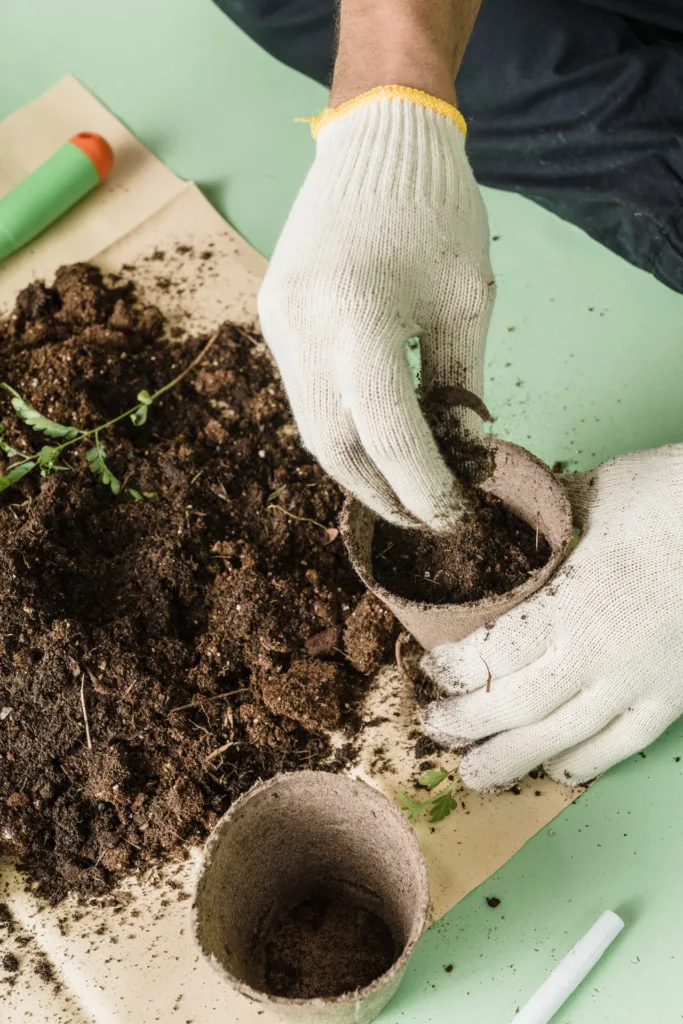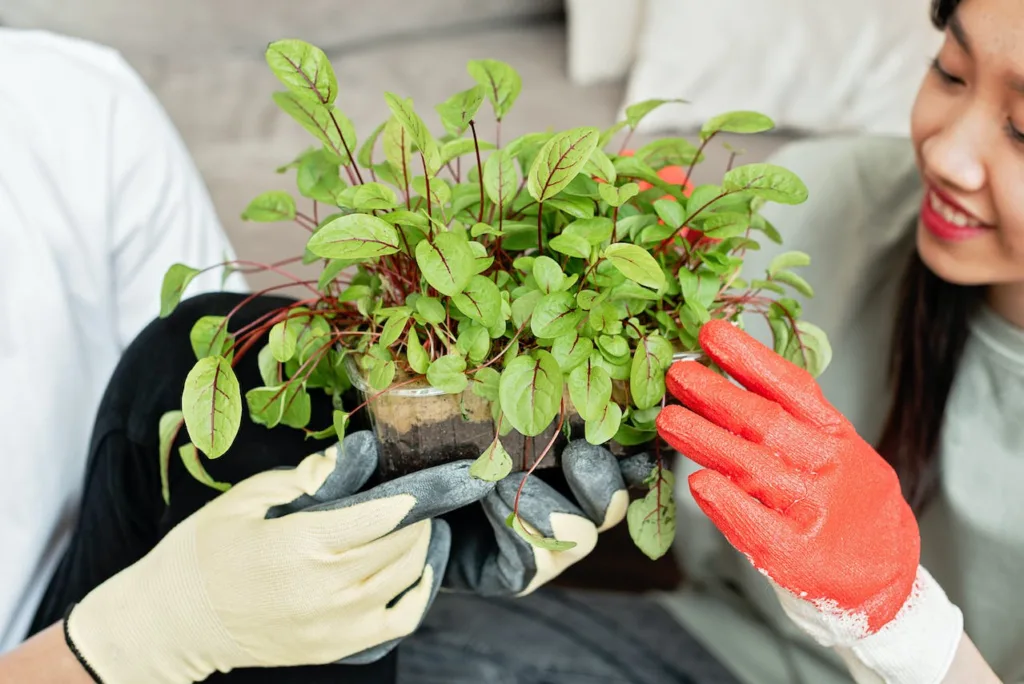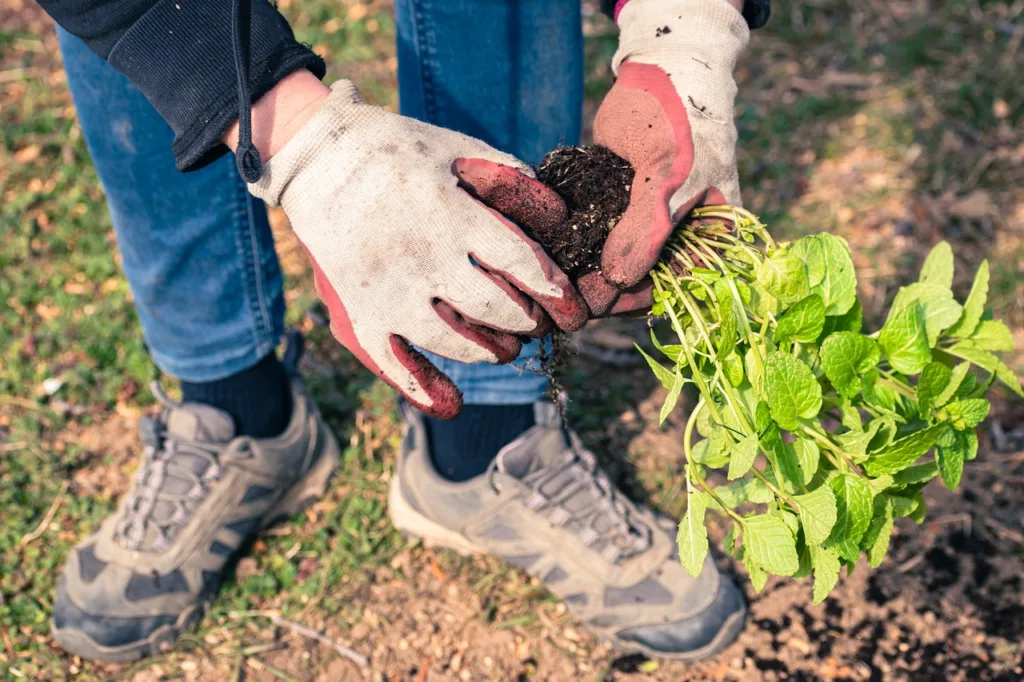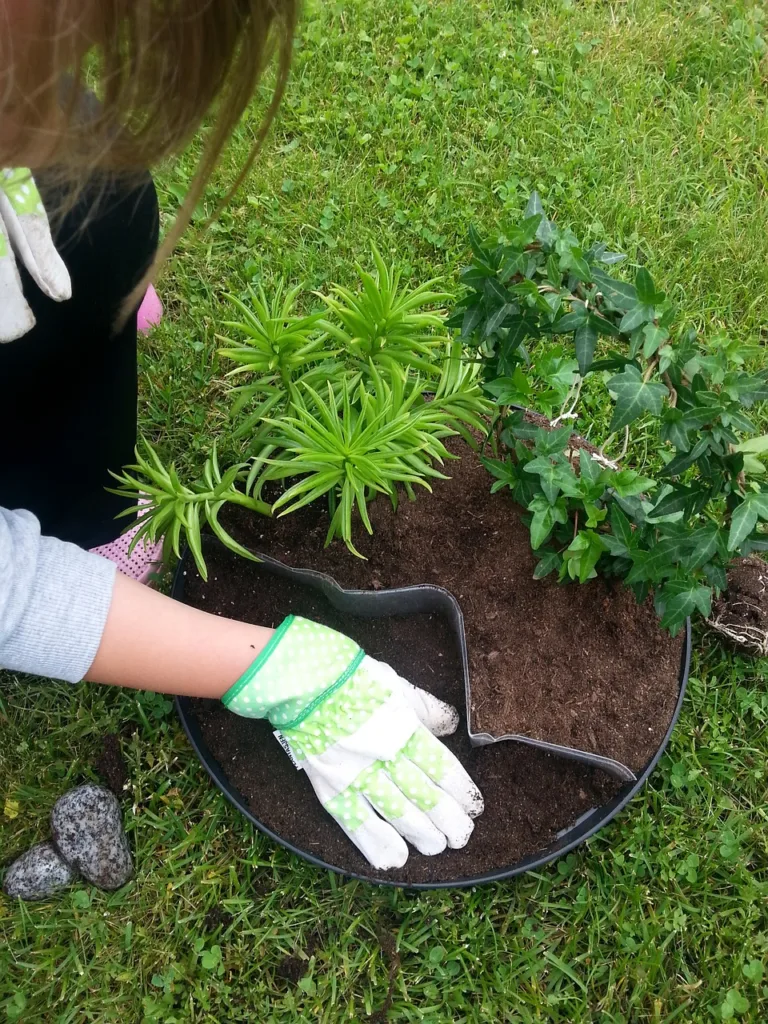Gardening gloves for women are important because they protect your hands and keep them completely covered. Gloves provide a barrier that protects your hands from cuts and scratches.
Some people may be sensitive or allergic to certain plants, fertilizers, or pesticides. Wearing gloves helps prevent direct contact with these substances, reducing the risk of skin irritation or allergies.
Gloves keep your hands clean, making them easier to wash after gardening and preventing soil and contaminants from transferring to other surfaces.
Gardening tasks, such as digging, weeding, or handling rough materials, can adversely affect your nails and the skin on your hands. Wearing gloves helps prevent damage, keeping your hands and nails in better condition.
Gardening is not just a hobby; It is a therapeutic experience connecting us to nature. As a woman with a green thumb, your gardening journey becomes even more enjoyable when you have the right gear.
Choosing the Right Gardening Gloves for Women
Selecting the perfect pair of gloves is akin to finding the right dance partner—they should move with you effortlessly.
Consider factors such as fit, material, and purpose. A glove that fits well ensures a comfortable gardening experience, and the right material can protect your hands while allowing flexibility.
Different Types of Gardening Gloves
Gardening gloves come in various types, each designed for specific purposes. Leather gloves offer durability, rubber gloves protect against moisture, and fabric gloves provide breathability.
Knowing the advantages and disadvantages of each type helps you make an informed decision based on your gardening needs.
| Pros | Cons |
|---|---|
| 1. Hand protection from cuts and abrasions. | 1. Some styles may not fit all hand sizes. |
| 2. Prevention of skin irritation and allergies. | 2. Certain materials may cause sweating. |
| 3. Enhanced grip for better handling of tools. | 3. Some gloves may restrict finger movement. |
| 4. Protection from insect bites and stings. | 4. May require regular cleaning or washing. |
| 5. Promotion of clean and hygienic hands. | 5. Cost may vary depending on quality and brand. |

Weather Considerations
Your gardening gloves should be all-around enough to withstand different weather conditions. For sunny days, opt for breathable gloves, while waterproof ones are ideal for rainy sessions.
Understanding how weather impacts your gloves ensures a comfortable and effective gardening experience year-round.
Fashionable and Functional Designs
Who says gardening gloves can’t be both functional and stylish? Embrace gloves that not only protect your hands but also add a touch of flair to your gardening attire.
Aesthetically pleasing gloves can make you feel more connected to your garden, turning every gardening session into a fashion statement.
Gloves for Specialized Tasks
Different gardening tasks require specialized gloves. Pruning, digging, or handling thorny plants demands specific glove features. Investing in task-specific gloves enhances efficiency and protects your hands from potential injuries.
Comfort and Durability
Extended hours in the garden necessitate comfortable gloves with lasting durability. Look for features like padding and reinforced fingertips to ensure your gloves withstand the rigors of gardening. Quality materials contribute to both comfort and longevity.
Maintaining Your Gardening Gloves
Your gardening gloves, like any other tool, require proper care. Regular cleaning and correct storage methods can prolong their life, saving you money in the long run. Simple practices like air-drying and avoiding direct sunlight can make a significant difference.
Eco-Friendly Options
For environmentally-conscious gardeners, gardening gloves made from sustainable materials are available. Choosing eco-friendly options contributes to reducing your ecological footprint and is in line with the principles of responsible gardening.
Budget-Friendly Picks
Gardening doesn’t have to break the bank. Discover budget-friendly glove options that offer reliability without compromising on quality. Explore local stores or online platforms for affordable yet effective gardening gloves.

DIY Gardening Gloves
Unleash your creativity by personalizing your gardening gloves or repurposing old ones. Engaging in a do-it-yourself project not only adds a personal touch but also allows you to create gloves that perfectly suit your style and preferences.
Tips for Beginners
If you’re new to gardening, choosing the right gloves might seem overwhelming. Start with gloves that offer versatility and protection.
Avoid common mistakes, such as selecting the wrong size or neglecting the specific needs of different gardening tasks.
Promoting Hand Health
Your hands are your most valuable gardening tools. Protect them by choosing the right gloves and incorporating hand health practices.
Preventing injuries and maintaining hand health ensures a sustainable and enjoyable gardening journey.

Conclusion
In the diverse world of gardening gloves for ladies, the key is finding the perfect balance between style and functionality.
By understanding your gardening needs, considering various factors, and exploring the array of options available, you can elevate your gardening experience. Remember, the right pair of gloves not only protects your hands but also enhances the joy of cultivating your green oasis.
FAQs
Are Gardening Gloves Necessary?
- Yes, gardening gloves are essential for protecting your hands from dirt, thorns, insects, and potential irritants found in soil.
- They provide a barrier against blisters and help maintain hand hygiene.
What Are Good Gloves for Weeding?
- Nitrile-coated or latex-coated gloves are excellent for weeding.
- These gloves offer good dexterity and protection while allowing you to feel the texture of the soil.
Are Cotton Gloves Good for Gardening?
- Cotton gloves can be suitable for light gardening tasks.
- They are breathable but may not provide adequate protection against thorns or sharp objects.
What Is the Best Material for Landscaping Gloves?
- Nitrile, latex, or rubber-coated gloves are ideal for landscaping.
- These materials offer durability, water resistance, and protection against thorns and rough surfaces.

